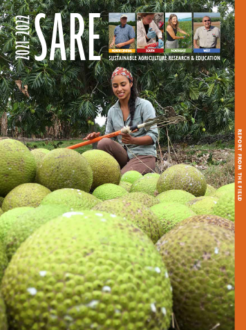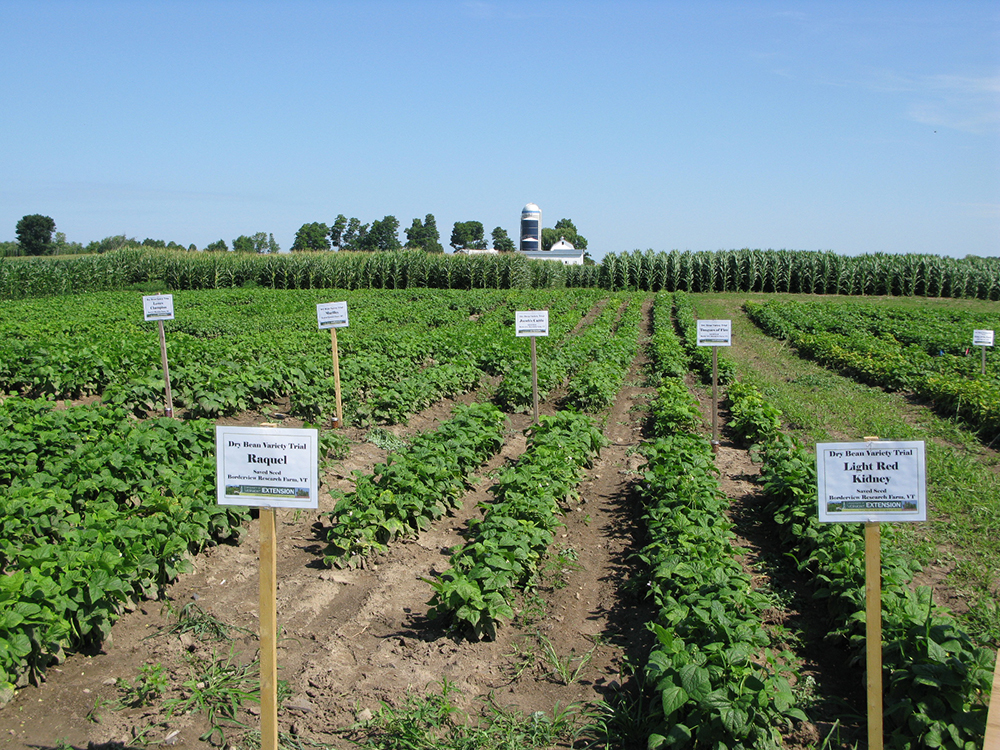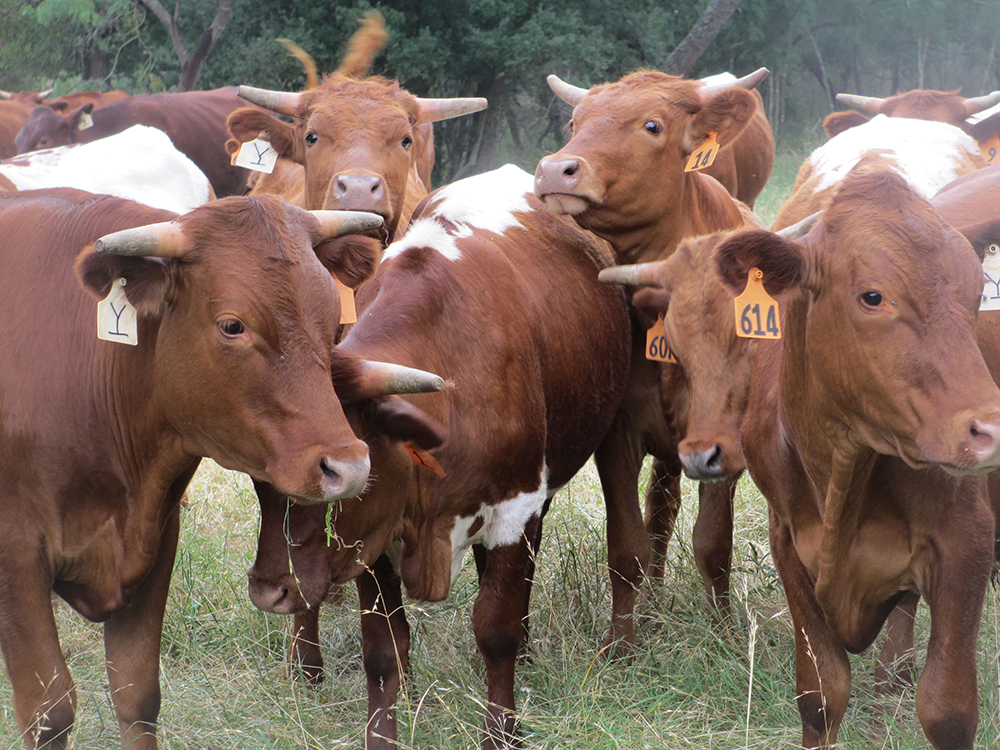
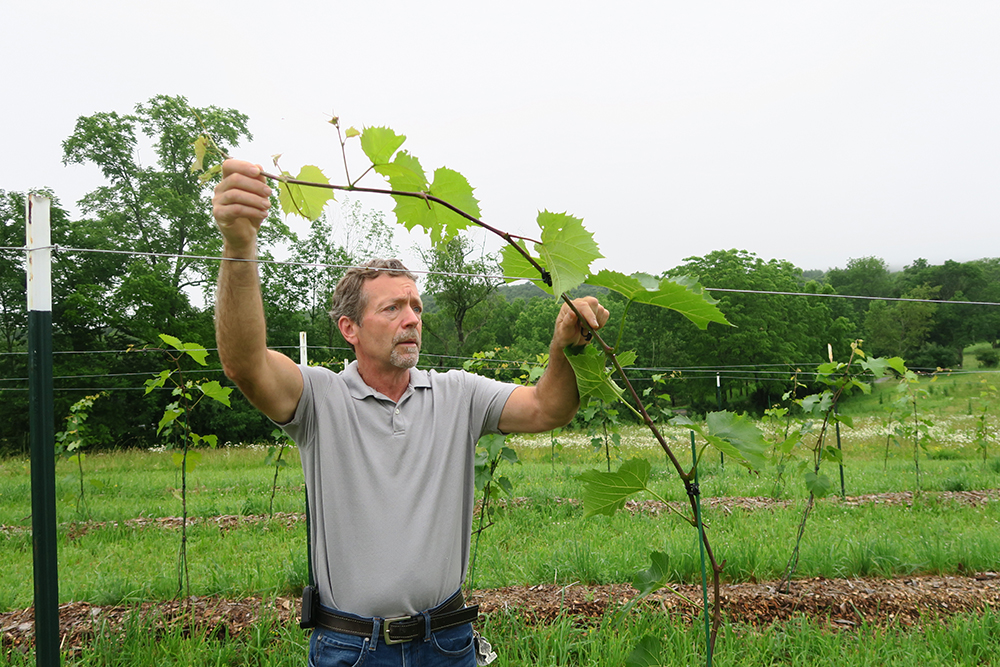
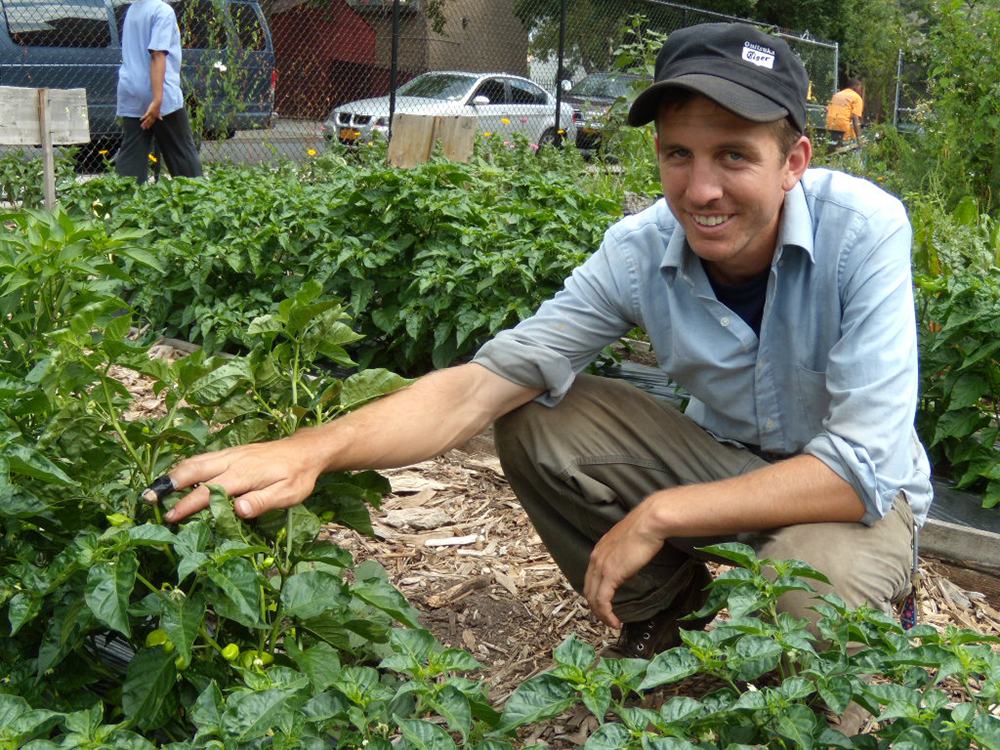
Letter from the Director
When I started at USDA’s National Institute of Food and Agriculture (NIFA) in August 2020, I was excited to learn that SARE was one of the programs I would have the opportunity to work with. I have long admired the SARE program for being farmer focused and regionally adapted, which make it unique among NIFA programs in its ability to develop relevant and meaningful solutions to today's challenges. While a faculty member at South Dakota State University, I worked on projects with one of SARE’s South Dakota state coordinators and later had the opportunity to serve on the North Central SARE Administrative Council.
I appreciate the work that applicants put into their proposals when they apply for SARE funding. Because the work of developing a proposal is so significant, I am also extremely appreciative of the time and effort put in by the reviewers of these proposals, including the administrative council members, technical review panelists and ad hoc panelists. This is a weighty responsibility, but one that allows SARE to select excellent projects that advance sustainable agriculture across the country.
As you read through the diverse stories in this issue of Report from the Field, I am confident you will be pleased to see the way SARE projects help us better understand and apply sustainable agricultural practices, as well as how they help to enhance the environment, improve economic resilience, and build healthy and robust communities. Whether grazing hay bales in the cold environs of North Dakota or growing breadfruit in Hawaii, identifying key strategies for proactively mitigating the effects of climate change in Vermont or giving South Carolina farmers better access to wholesale markets, SARE projects are having a positive impact on agriculture throughout the United States.
I hope you enjoy all the stories.
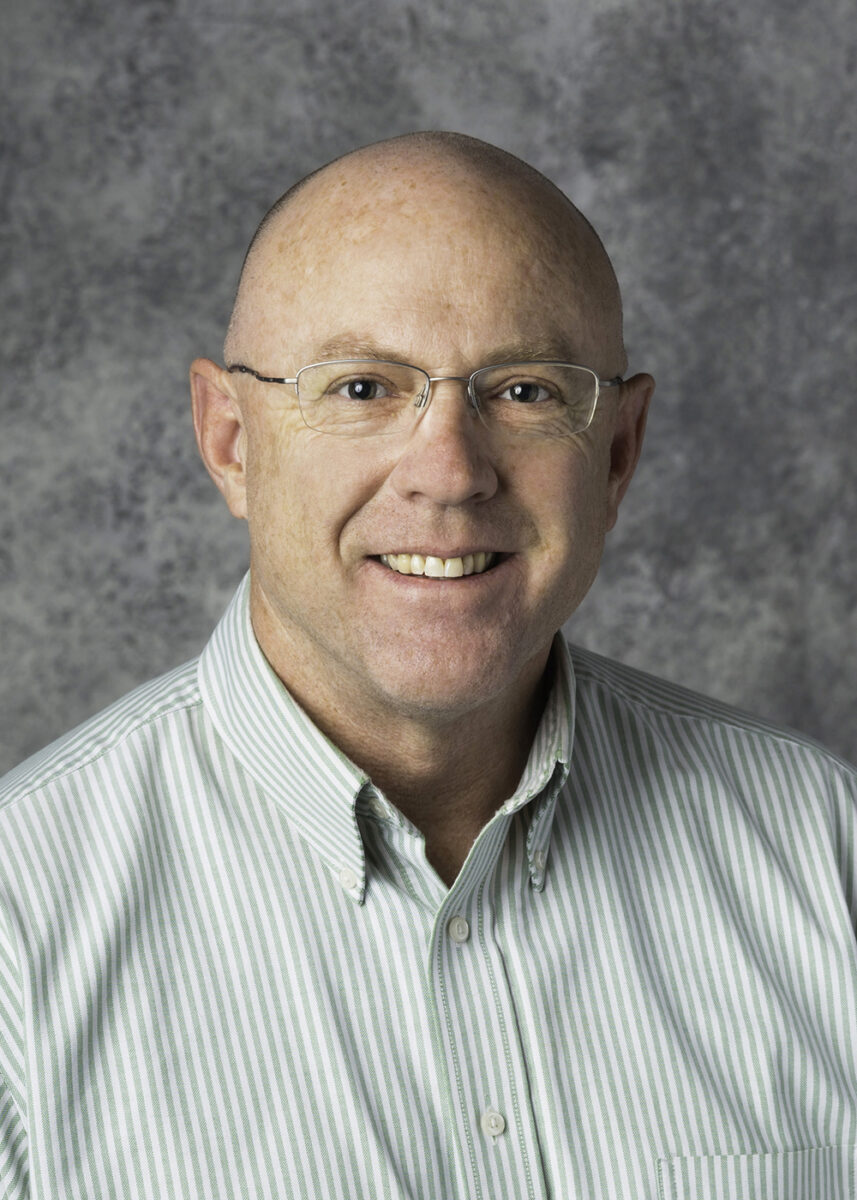
SARE Director
2021
